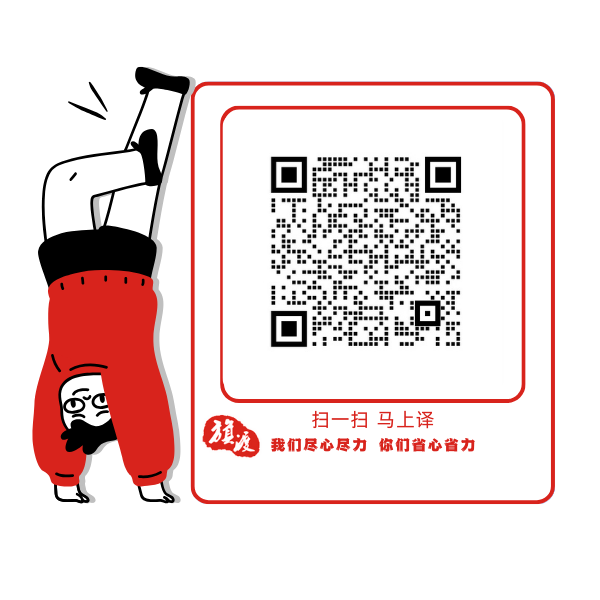1 个回答
patent hold-up专利劫持。
专利劫持就是某个专利权人拥有进入某个领域或行业的核心专利或者基础专利,进入这个领域或行业必然要用到这个专利,若是要进入必须要得到专利权人的授权,没有得到授权,就会面临专利权人的侵权诉讼。这样,你就被劫持了,要么支付高昂的专利费用,要么退出。
其英文释义如下:
Patent hold-up occurs when a patent owner sues a company when it is most vulnerable—after it has implemented a technology—and is able wrest a settlement because it is too late for the company to change course.
常见的专利劫持行为包括“专利伏击”、“劣质专利”等。前者是指在生产商已经将技术投入生产之后,专利权人在这之后再主张权利,以影响生产商的生产、销售,被迫提高生产成本来进行专利威胁。后者是指专利权人将边缘性专利申报成为标准,以其核心技术来迫使专利使用人接受高额的许可费。
patent hold-out专利反向劫持。
由于FRAND(SSOs在对标准的专利权利的限制中公平、合理、不带歧视性的条款,通常在欧洲、美国使用。)承诺内涵的模糊性,没有一个权威的解释,无论标准必要专利权人提出何种许可条件,标准实施者均以标准必要专利权利人的许可条件不符合FRAND承诺为由故意拖延标准必要专利许可的谈判过程、拒绝协商、向反垄断执法机构投诉或向法院提起恶意诉讼等方式向标准必要专利权人发难,以期获得比较低廉的专利许可费甚至免费使用专利,这就产生了标准实施者对于标准必要专利权利人的反向劫持。
简言之,专利“反向劫持”是指专利实施人经常忽视专利,拒绝专利所有者的要求,因为被抓住的几率很小。
其英文释义如下:
Patent hold-out is the practice of companies routinely ignoring patents and resisting patent owner demands because the odds of getting caught are small.
以下为相关双语示例,供参考:
As a result—and contrary to some common understandings of patent holdup—we show that ex post switching costs, in the sense of redesign and other related costs distinct from sunk costs, do not contribute to patent holdup. In addition, although all three of the sources of patent holdup described above share a common origin in path dependence, any one of them can exist independently of the others. Decision makers therefore need to understand not only what the three components are, but also to recognize that looking for one of the three sources independently of the others
因此——与对专利劫持的一些普遍的理解相反——我们证明了在重新设计及其他不同于沉没成本的相关成本方面的事后转换成本,并不会导致专利劫持。此外,尽管上述三种专利劫持拥有共同的路径依赖来源,但其中任何一种都可以独立存在。因此,决策者不仅需要了解这三个组成部分,同时要需要认识到对其中一个来源的寻找独立于对其他来源的寻找。


